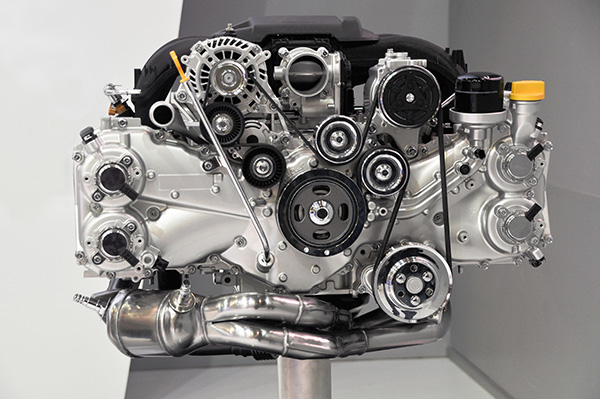
A serpentine belt may not seem like your vehicle's most important part, but things can go wrong fast when it breaks. This single belt powers a lot of systems—your alternator, power steering pump, water pump, air conditioning, and more. So when it snaps, your car doesn’t just lose a convenience feature or two. It can put the engine at serious risk.
Here’s a closer look at what the serpentine belt does, what happens if it fails while driving, and why replacing it on time is one of the simplest ways to avoid major repairs.
What the Serpentine Belt Does
The serpentine belt is a long, reinforced rubber belt that snakes through pulleys on the front of your engine. It connects to multiple engine-driven accessories, making it essential to day-to-day function. Without it, those accessories stop working almost immediately.
If your belt powers the water pump, which it does in many vehicles, the coolant stops circulating through the engine. That means rising temperatures and, eventually, overheating. The electric water pump might still work in other setups, but the alternator won’t be spinning, so your battery drains fast.
What Happens When the Belt Breaks While Driving
When the serpentine belt breaks while you’re driving, the symptoms come on quickly. The steering gets stiff, warning lights flash on the dash, and depending on your engine setup, the temperature gauge can rise within minutes. If your power steering goes out on the highway or in a tight turn, that’s not just inconvenient—it’s dangerous.
In some cases, you might lose power to the A/C compressor or the air pump that supports emissions systems. While that may not cause immediate damage, it still affects engine operation.
Can It Damage the Engine Directly
Yes, it can. If your engine depends on the belt to drive the water pump and you keep driving after it fails, overheating is almost guaranteed. Running an engine hot—even for a few minutes—can warp cylinder heads, damage gaskets, or seize internal components.
Most newer engines are made of lightweight aluminum, which is more vulnerable to heat. That’s why shutting the engine off as soon as you suspect belt failure is critical.
What Causes a Serpentine Belt to Fail
Like any rubber component, serpentine belts wear down over time. Heat, oil contamination, and tension stress all contribute to cracking, fraying, or glazing. If the belt slips or becomes misaligned, it will also wear unevenly and may break sooner.
Tensioner failure is another common problem. If the belt tensioner or one of the pulleys sticks or seizes, the belt can overheat, stretch, or snap. In some cases, a failing bearing in an accessory like the alternator or power steering pump can add resistance that puts too much strain on the belt.
How Often Should You Replace It
Most serpentine belts last between 60,000 and 100,000 miles, but it's smart to start checking them regularly after 50,000 miles. Signs of wear include small cracks, missing ribs, squealing noises, or visible fraying along the edges.
It’s also a good idea to replace the belt if you’re already replacing a connected component. For example, if you’re putting in a new alternator or power steering pump, replacing the belt at the same time ensures consistent tension and avoids future problems.
Why It’s Worth Taking Seriously
The cost of replacing a serpentine belt is minor compared to what could happen if it breaks. Overheating from a snapped belt could lead to thousands of dollars in engine damage. Even if you avoid serious damage, getting stranded or losing power steering mid-turn creates safety risks that aren’t worth taking.
And because the belt powers multiple systems, your car will probably be undriveable until it’s replaced. That turns a simple maintenance issue into a much bigger inconvenience.
Four Car Garage – Serpentine Belt Replacement in San Mateo, CA
At Four Car Garage in San Mateo, we inspect belts, pulleys, and tensioners during regular maintenance so small issues don’t become big ones. If you’ve noticed squealing, slipping, or just hit 60,000 miles, we’ll help you decide if it’s time for a replacement. Visit us today for reliable service and peace of mind on the road.